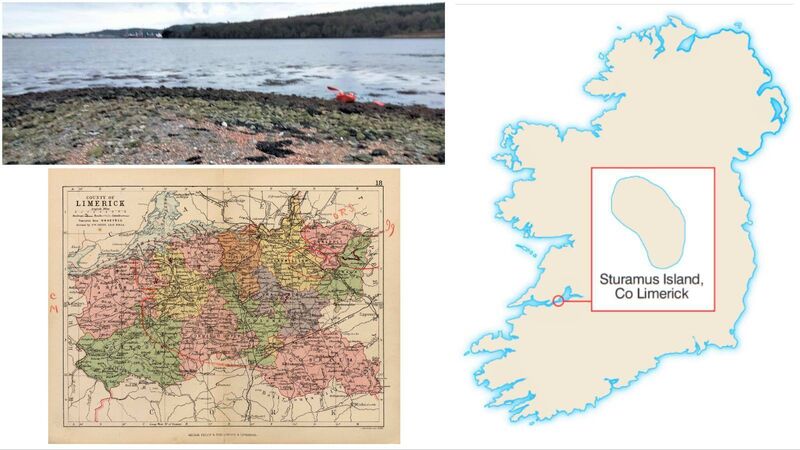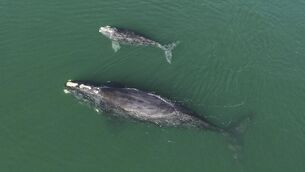Islands of Ireland: The Limerick island with a unique status and habitat

Islands of Ireland: Sturamus Island, Limerick. Included here: the Limerick map from RL Praeger’s landmark work, Irish Topographical Botany published in 1901. opw.ie for outdoors
This island with the Latin-sounding name lies just off the port of Foynes in County Limerick and is enormously dwarfed by its relatively gigantic neighbour.
Foynes Island was once home to the Irish sailor, adventurer and nationalist Conor O’Brien who sailed around the world in his yacht the Saoirse almost 100 years ago.








